Astell & Kern Activo P1 DAP – Slim Music Player For Sportive Minds
Activo P1 is a $429 USD Portable Music Player with an emphasis on the slim factor and portable design, with a Dual ESS ES9219Q DAC at the heart, and with a lightweight 155 grams body, designed for those who love to rock some music, but also want a more stylish approach than what the audiophile market typically offers. Today we will review the sound of the Activo P1 and compare it with other similarly priced DAPs, including iBasso DX180 (529 USD), Hiby R6 III (499 USD), and Shanling M3 Ultra (469 USD).
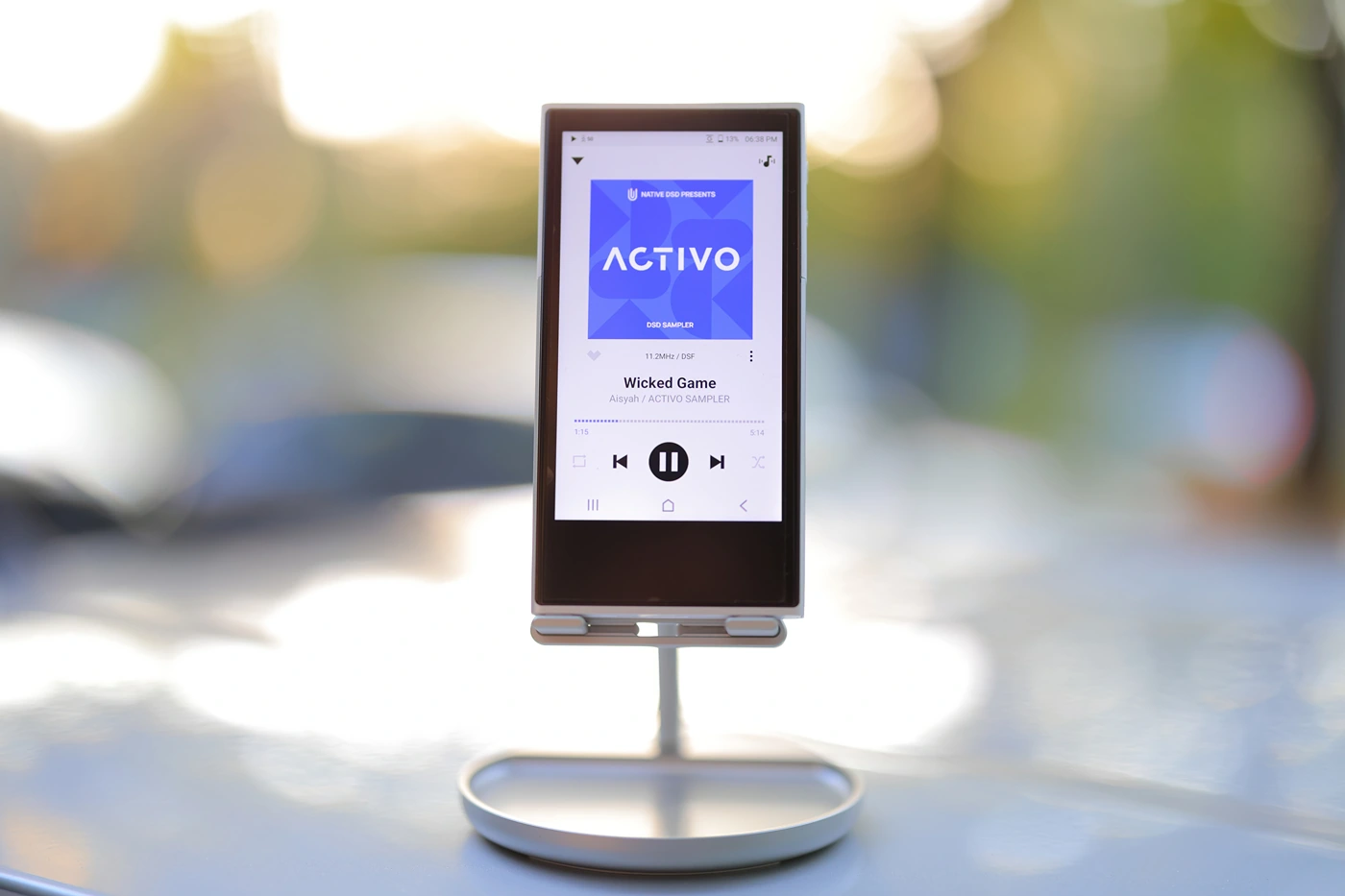
Introduction
Astell & Kern has a new sister company, and Activo is also managed and part of the Dreamus group, but with a different focus, of integrated the audiophile sound and quality as part of the everyday lifestyle, offering a different, lighter and more trendy selection of products, yet wth the same excellent software and integration as Astell & Kern is known for. As an Amazon Influencer, I earn from qualifying purchases, and using the purchase links in my reviews helps me maintain this website and Youtube Channel. Huge thanks to Astell&Kern for providing the sample for this review, in exchange for my honest opinion.
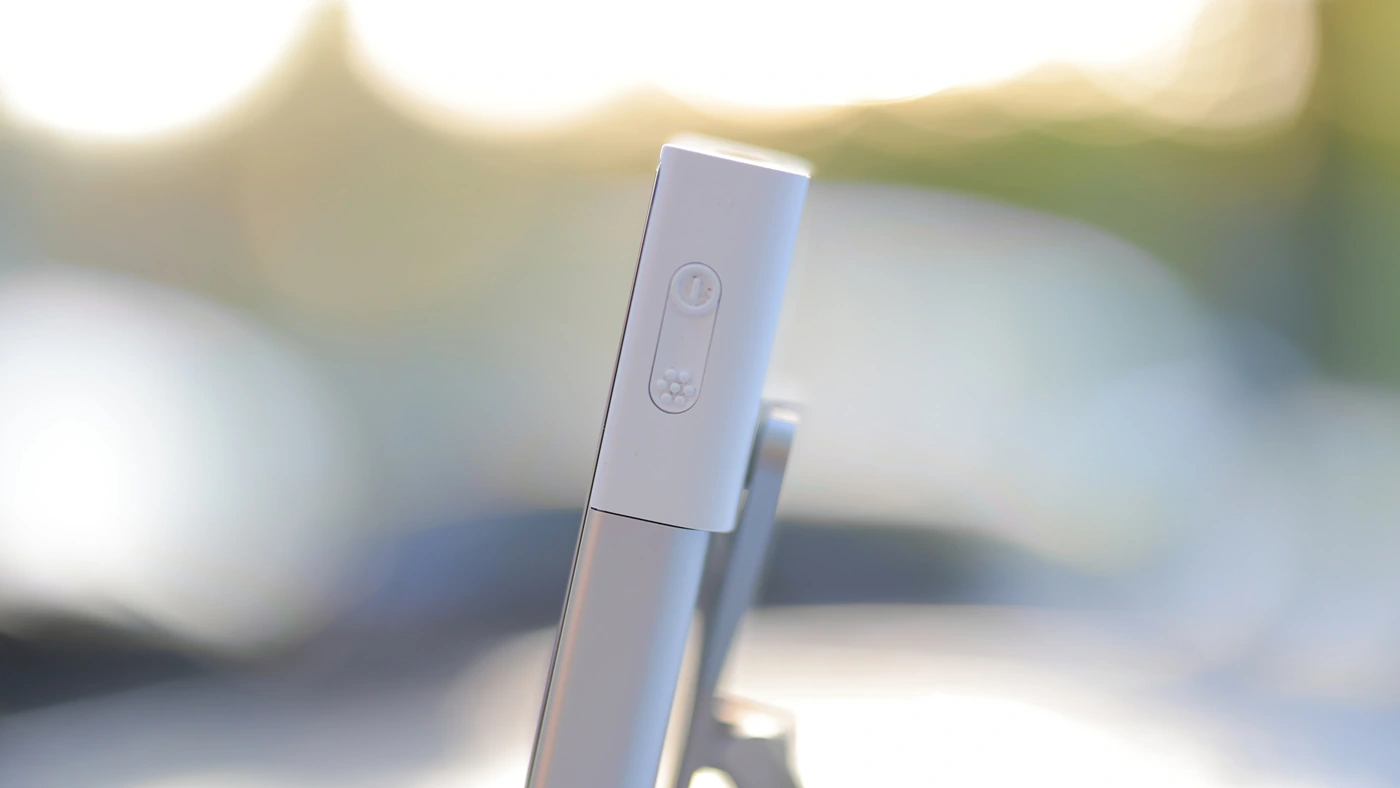
PROs – Superb design and GUI, excellent streaming support, and long battery life. It has a balanced / neutral / linear sound that is fast, intimate and clean, with a very low to inaudible noise floor, and can be used while it is charging, and it even has a good EQ implemented.
Cons – Currently, there is no transport / storage case for P1, official or aftermarket, driving power is enough for most IEMs, but not for all headphones.
Product Link
Amazon – https://amzn.to/4fWe3ky
Aliexpress – https://s.click.aliexpress.com/e/_DmPoitB
Build Quality/Aesthetics
Sporting a high-end web page to lure you in the world of the P1, Activo does mention that P1 has a premium sound tuned by Astell&Kern, and that it supports Bit Perfect LossLess Streaming Support, and a slim and compact design that allows you to use it on-ehanded. On the outside, P1 uses a two-block design sporting a top polycarbonate block combined with a sturdy and smooth aluminum body.
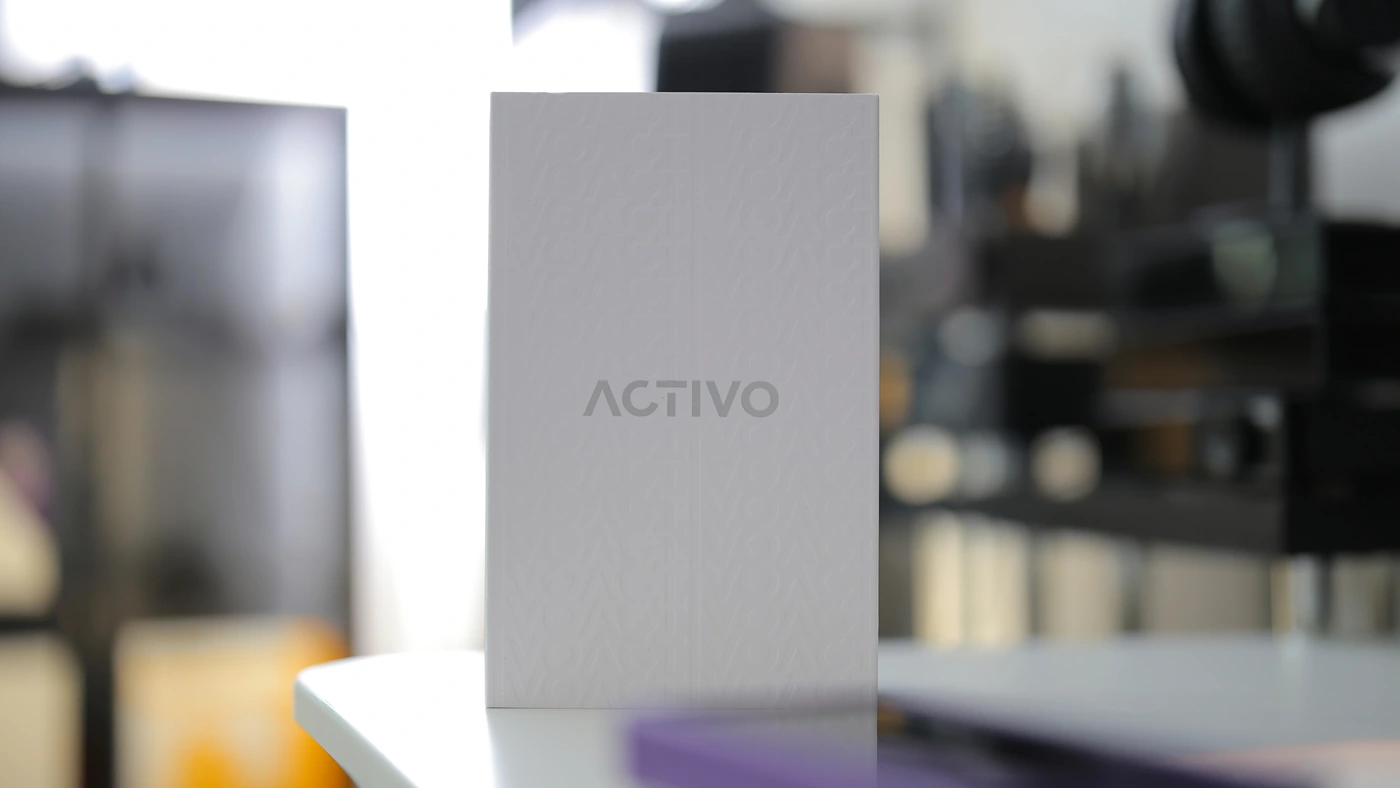
On the toi block, we can find 4 buttons on the sides, 2 on each side, with a hard etched plus minus and symbols on the right side, allowing for complete navigation just by feel alone, with no need to pull the P1 out of the pocket. As this configuration is highly unusual, I found myself clicking at random many times, but I am used to what traditional DAPs go for, which is typically a volume wheel + 3 playback buttons, but P1 has solid anc clicky buttons nonetheless.
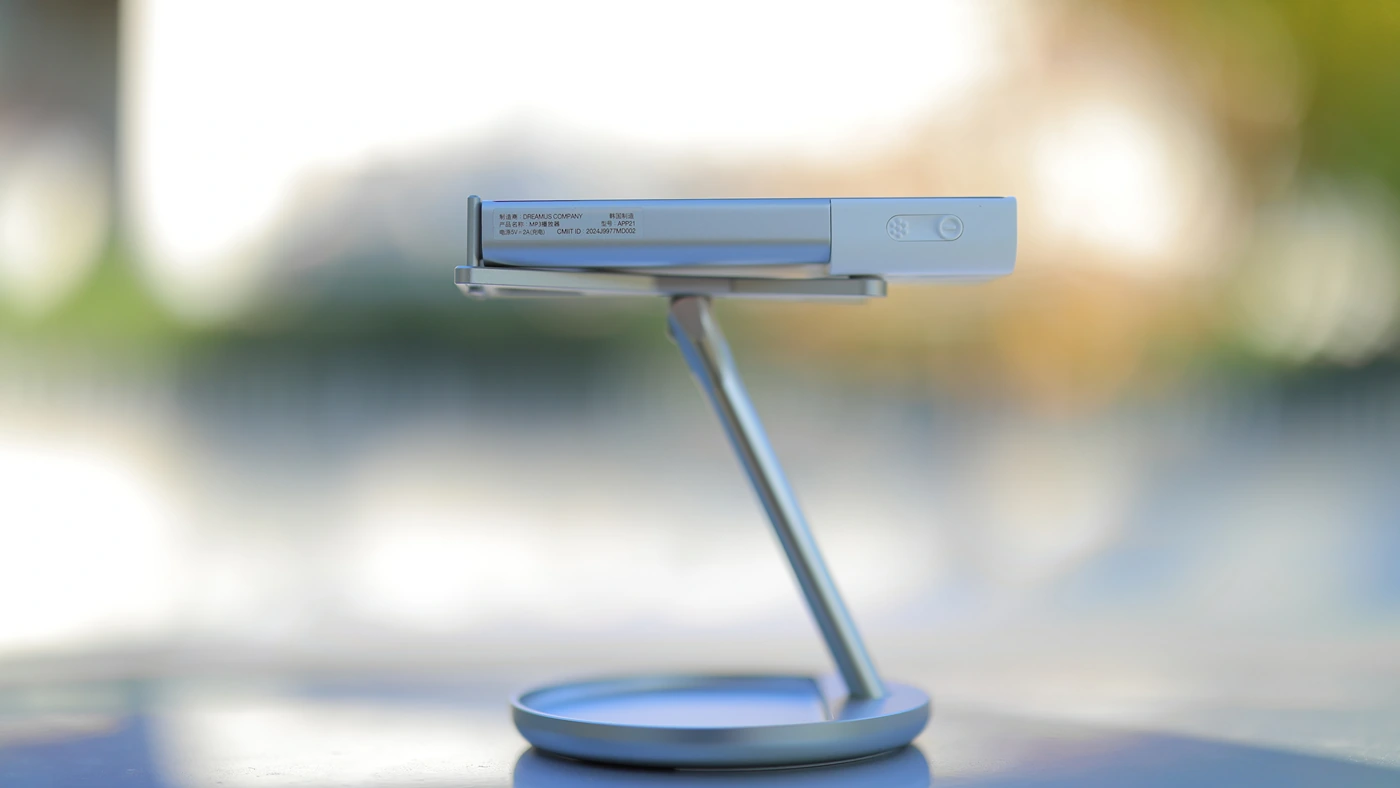
Astell&Kern implemented their Teraton Alpha solution in the P1, which is the amplification designed by Astell & Kern for the Activo P1. At the heart of the P1 we have an eSS ES9219Q Sabre DAC in Dual configuration, with each DAC playing for a channel. We have support for USB DAC through the Type-C USB port at the bottom, and two headphone outputs, one in the 3.5mm single ended format, and one in the 4.4mm balanced format. The output impedance is slightly different with 1 OHM of output impedance for the 3.5mm, and 2 OHMs of output impedance for the 4.4mm balanced headphone output.
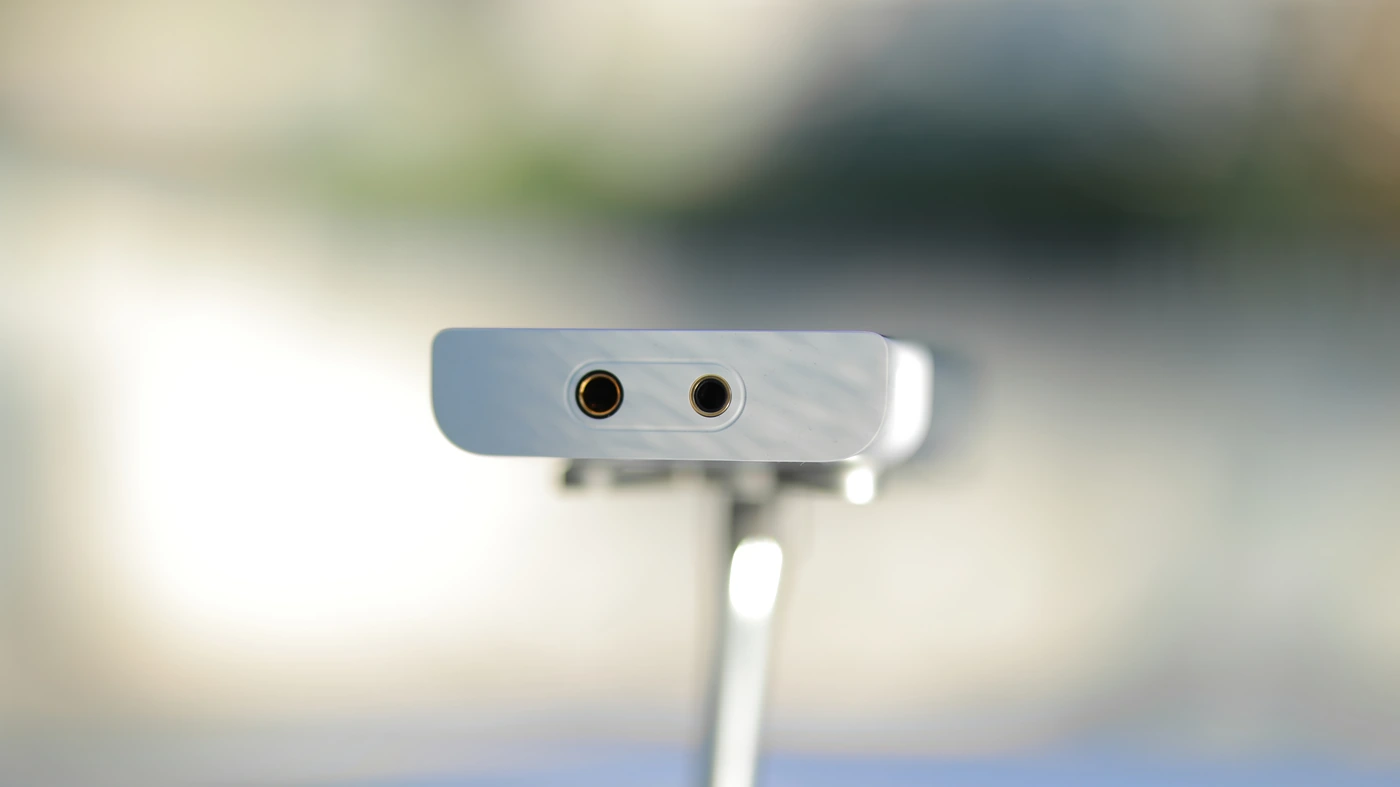
A bit more interesting, and unexpected too is the 64 GB of NAND internal memory, with support for a microSD card up to 1.5TB. P1 is lightweight at 155 grams, and it has an Octa-Core CPU, with support for all the popular music file types, but only one color available which is a Whisper White color. Overall, it feels very solid and well put together in my hands, and looks beautiful, although on the not so great end of things, there are no cases available and Activo does not ship the P1 with a case.
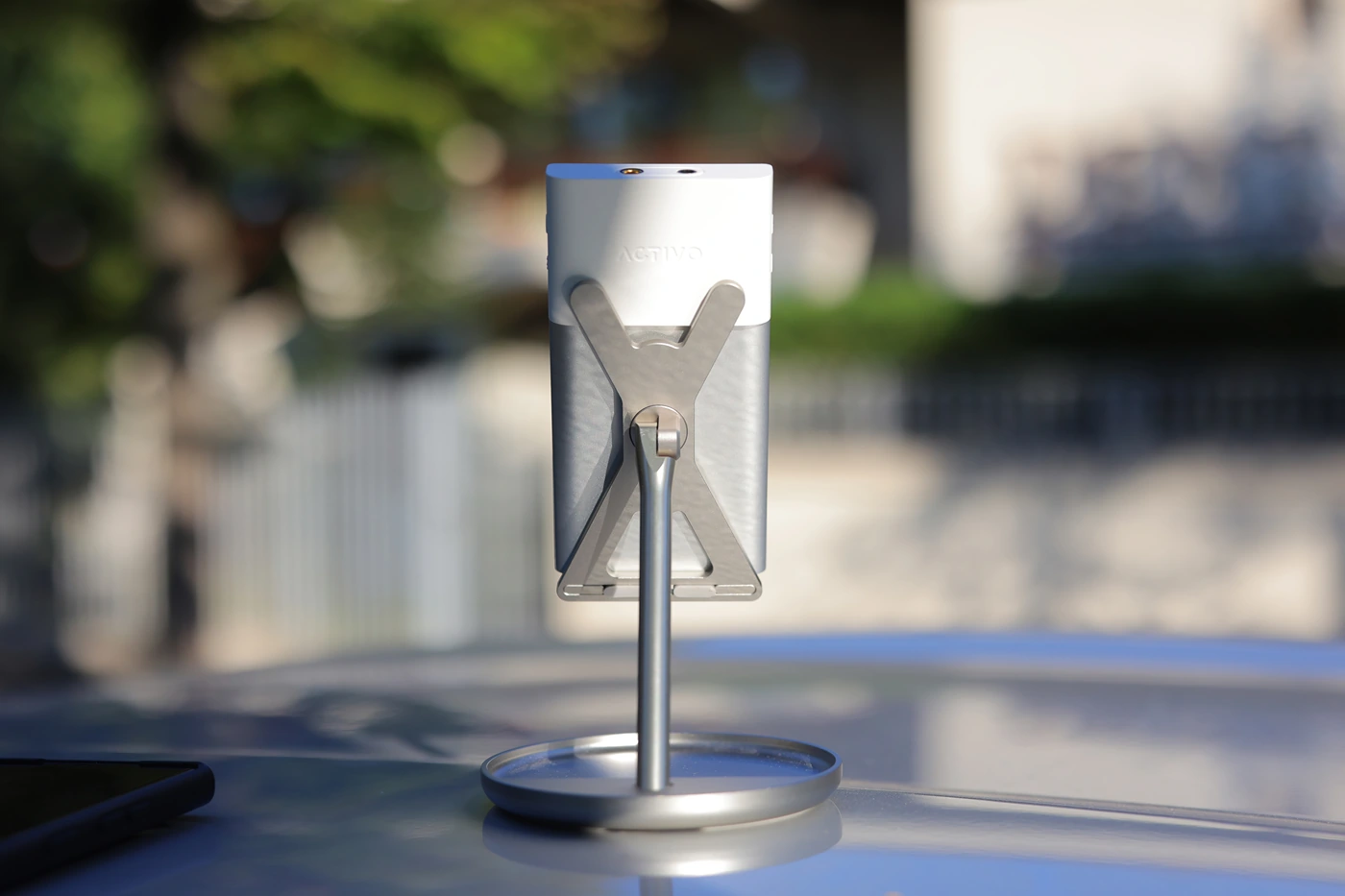
The SNR is 120 dB for the SE and 121 for the Balanced Output, Crosstalk is very good at -139 dB for the SE output and -140 dB for the balanced output, with a THD of 0.0006% for the SE and 0.0007% for the Balanced output. The Clock hitter is 25ps typically and the reference clock jitter is 70 ps. While not quite as professional as
Battery
We have PD 3.0 Fast Charge support on the P1 and it charges in around 1.5 hours, having a long battery life of 20 hours, if using a redbook flac with a medium listening volume. You can still expect to get far more than the vast majority of DAPs can offer, at around 12-14 hours of playback even if using the balanced output and listening loud, so don’t be concerned about the low-sounding battery side of 2700mAh, it is more than plenty to give P1 juice for a few days.
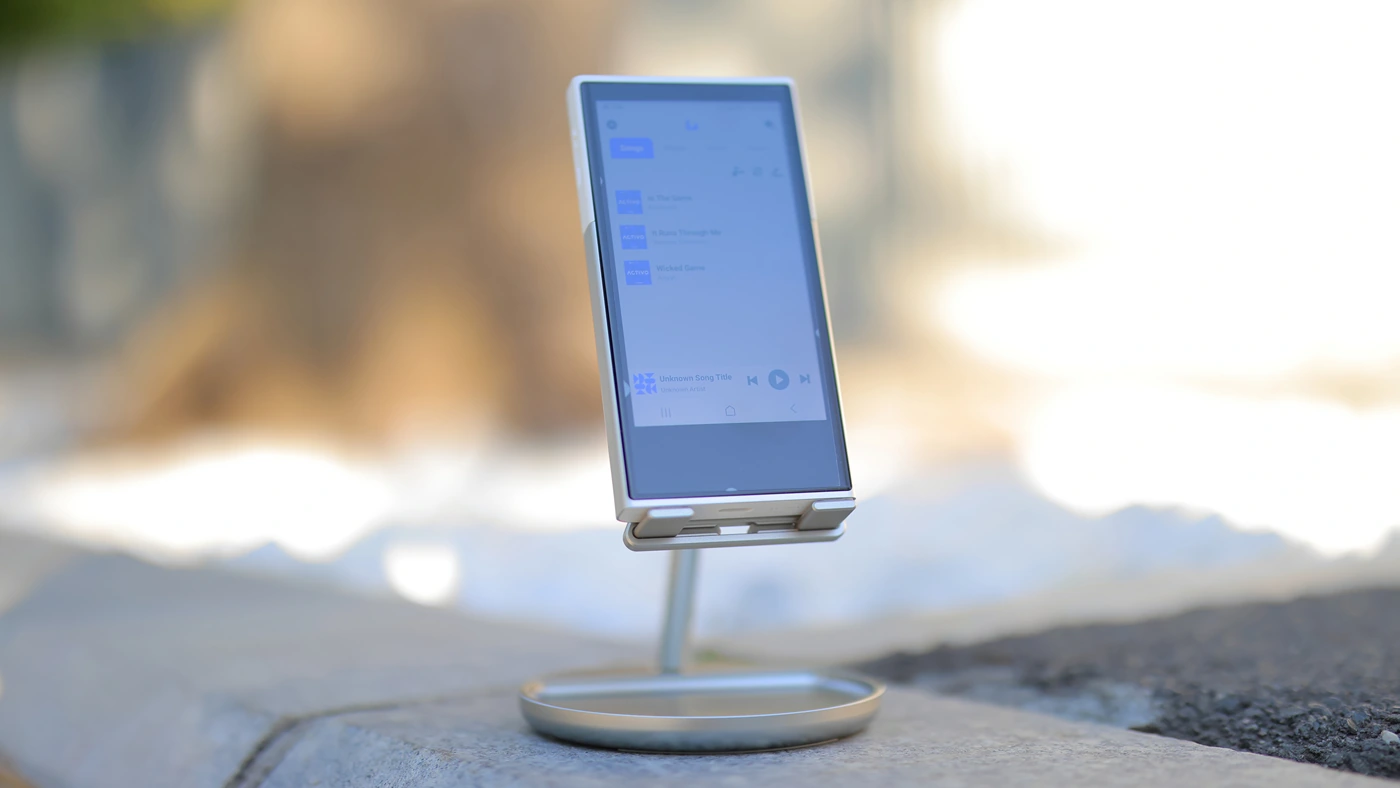
Using the LCD display and balanced output, you will see a shorter battery life, but even so, you can get around 10 hours of real usable playback even if often switching the song, and using the P1 to the fullest. There is some vampiric drain that’s happening even when it is turned off, and I noticed that in around 4 days, I lose around 20% battery, so I would try to avoid letting it discharge fully for more than 2 weeks.
CPU / Software
P1 comes with a mix of high-quality CPU processing and software provided by Astell & Kern, but the android version on it is ultra customized, and not necessarily an open Android. In fact, you cannot get access to Developer Options or do anything outside of the usage scope, but compared to most Astell & Kern DAPs, you can install almost any app from the Google Play Store, while most Astell DAPs would traditionally only allow for a few music apps to be installed.
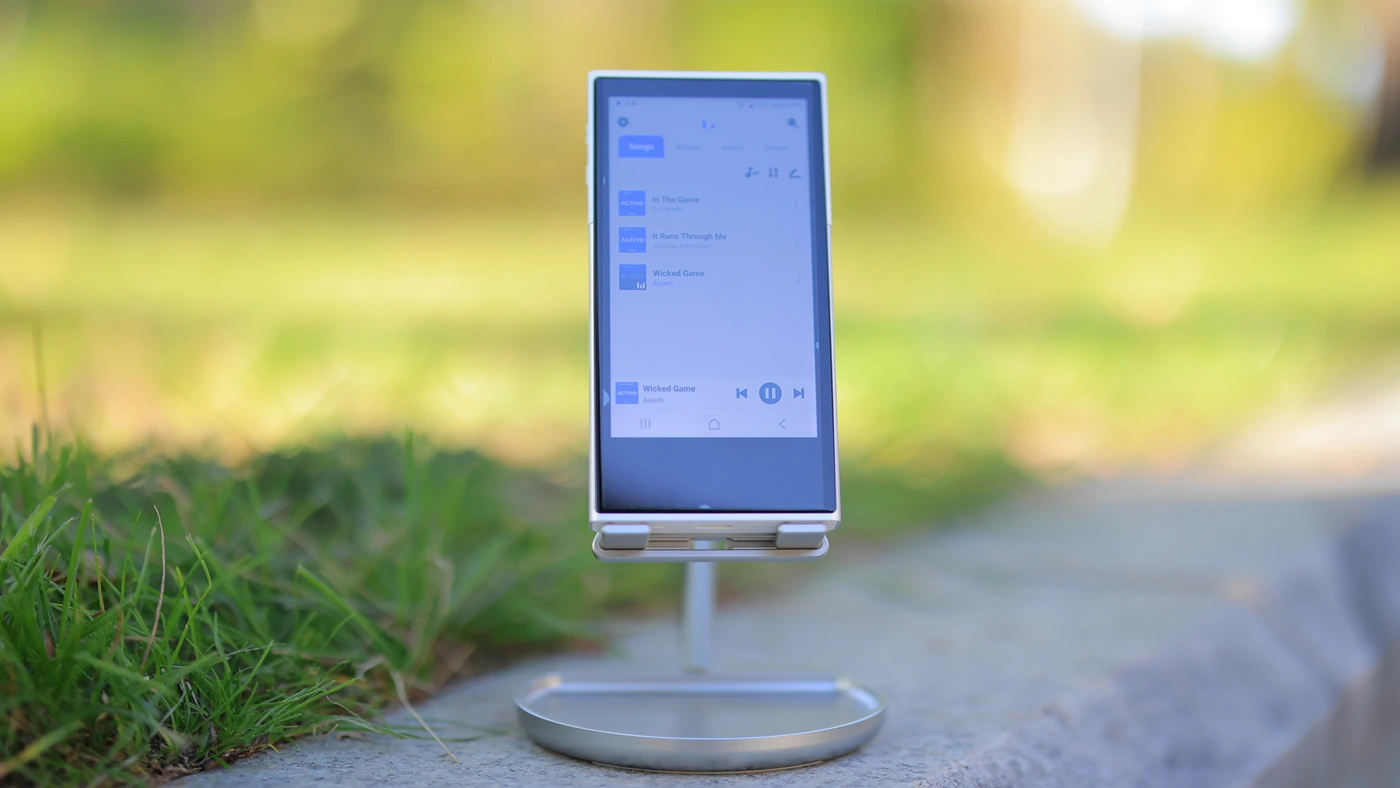
This closed Android model is necessary for the 32-Bit Bit-Perfect Playback, and P1 at the most literal level supports bit-perfect system-wide playback. It also supports Bluetooth with V5.2 support, including aptX HD, LDAC, LHDC, AAC and SBC, and Wifi with support for 802.11 a/b/g/n/ac support, including 5.0 GHz networks. Firmware upgrade will be done via OTA, and you will wirelessly be able to download firmware updates.
USB DAC / Subjective Usage
The subjective usage of P1 is a complex situation, because it handles the USB DAC function really well, with zero dropouts, and zero delay, but it also has some extra features that you will have to explore to really get the most out of it. The volume control will show you about how loud you’re going, but it only applies to IEMs, as P1 has a low driving power and will be loud, only for IEMS. We also have a Digital Audio Remaster, which to my ears seems to compress the sound slightly and smooth it out, so from my experience, the best sonic quality can be had with it turned off.
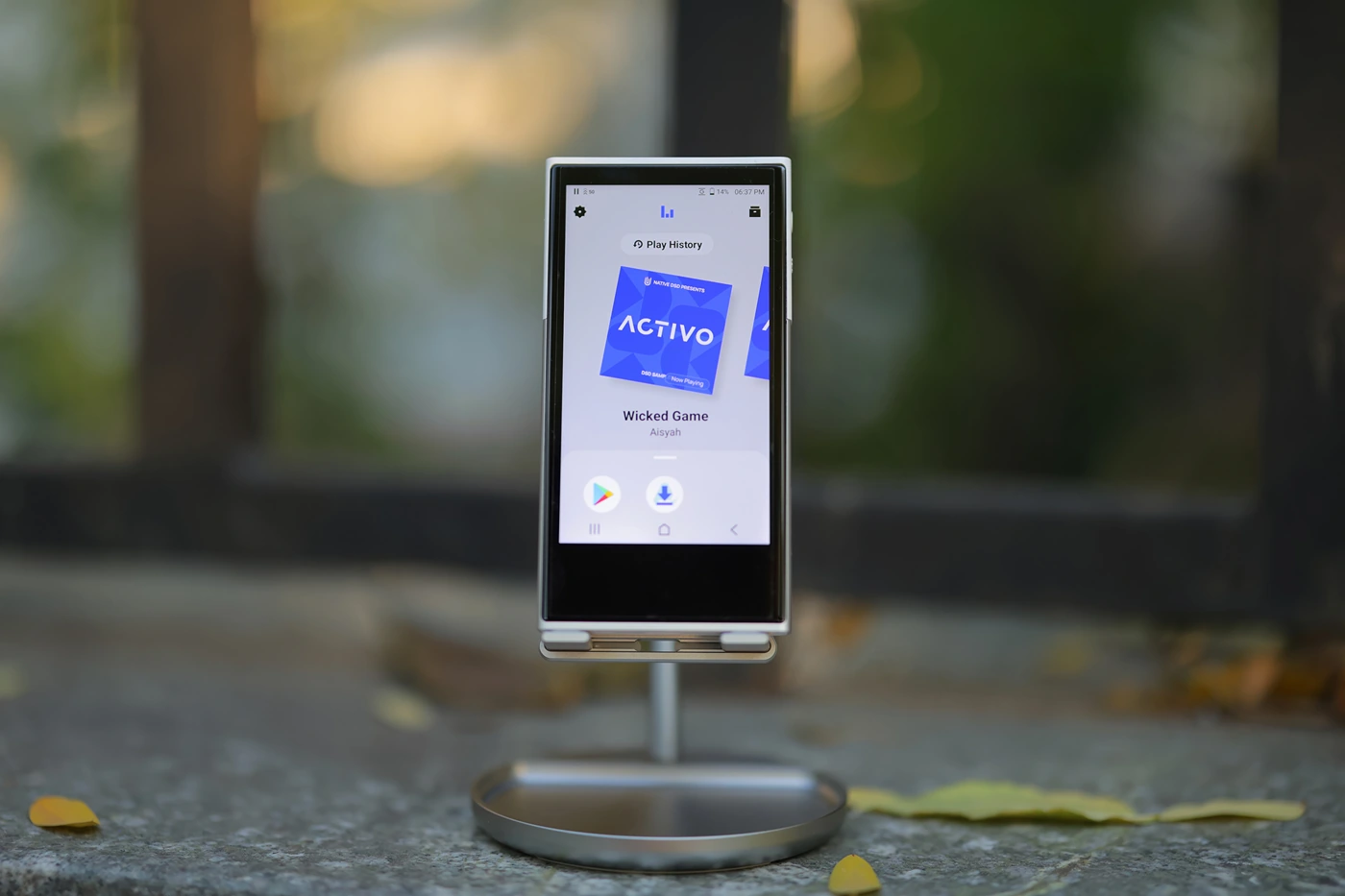
The DAC filter does as much as it does for other DAPs and DACs, but I found the EQ implementation to be really good. Using P1 while charging will not present any kind of increase in the noise floor, and it sounds very good. Bluetooth exists as a feature but it is sensitive to interference, so it will not work well if P1 is placed next to anything that has other BT processes running, as I experienced dropouts in crowded areas.
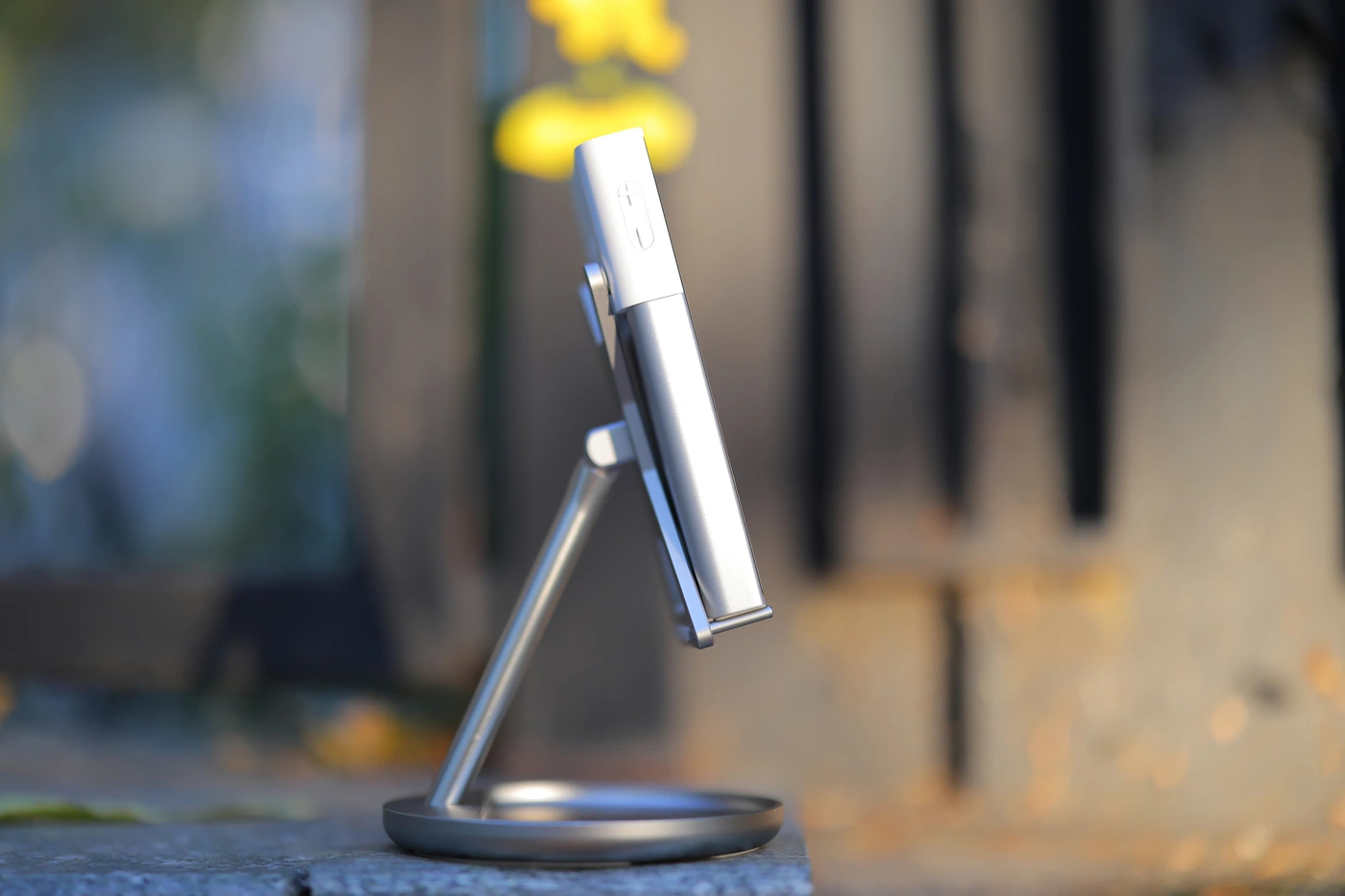
In the general firmware and software, P1 has the Astell Kern style of software, extremely solid, with zero errors, zero issues, and a superb experience to deal with. Everything works as intended, all files are played properly, P1 is a solid DAP with no hiccups, and the Wifi Speed is excellent, and not sensitive to congestion or interference. Using the streaming is pleasing, Tidal and all the other apps work as expected.
Sound Quality
Pairings and Match-up – To really test the P1 I have paired it with mostly with IEMs, as it quickly became apparent that the driving power will mostly satisfy efficient portables, and not hard to drive headphones, although you can easily get away driving MIRPH-1 Too, as well as most dynamic headphones that are not incredibly hard to drive, even up to HIFIMAN Arya Organic, with HE1000SE being too hard to drive. The list of IEMs I have used the most to explore the sound of P1 includes Simgot EM10, Campfire Bonneville, Soundz Flame, Soundz Blade, rose Technics QTX, FiiO FD15, NF Acous RA15. I found an excellent pairing and combination between P1 and Palma DHS-1 as well, as DHS-1 is easy to drive, but also has a strong synergy with the signature of P1. You will not hear any kind of background noise coming from P1 even with the most sensitive of IEMs, and even if you use it while charging, the noise floor does not increase, and it handles low-impedance earphones better than any Astell & Kern DAP I heard to date, as most of them have a higher hissing and background noise floor level.
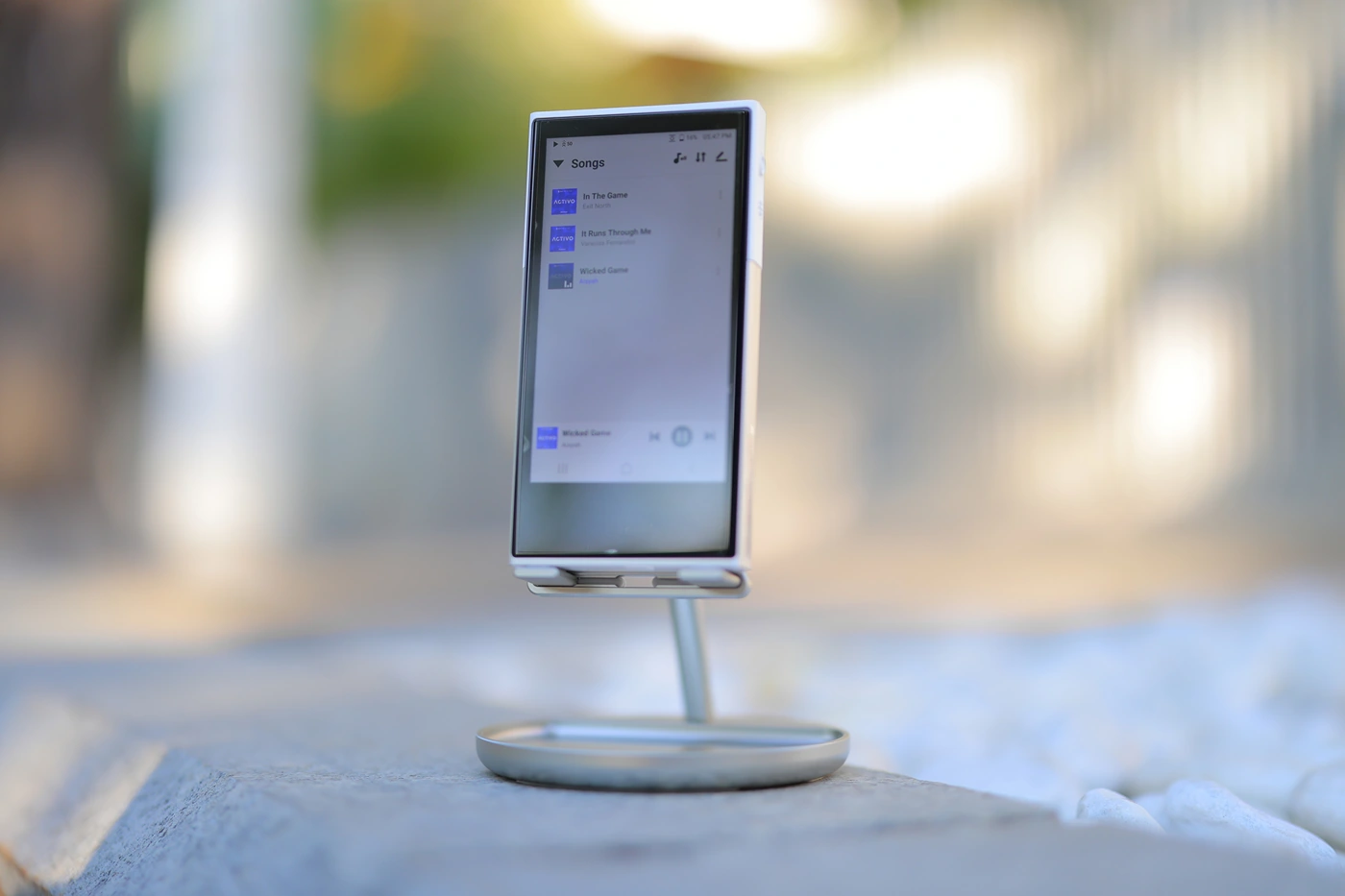
Overall Signature – Sonically, Activo seems to lean differently from Astell&Kern, as P1 has a peppy, active and dynamic, colorful signature, with a bright top end, strong sparkle and contrast and a beautiful midrange, far more light and snappy than the traditional Astell & Kern house sound. We grew used to a smoother, bassier sound from Astell & Kern, but Activo P1 has a more intimate soundstage, presenting music within clear and defined bounds, and gives all music a strong sense of instrument separation, having a really unique tuning and sound for a DAP. Most people would consider the tuning to be balanced – natural, with no strong emphasis on any part of the sound.
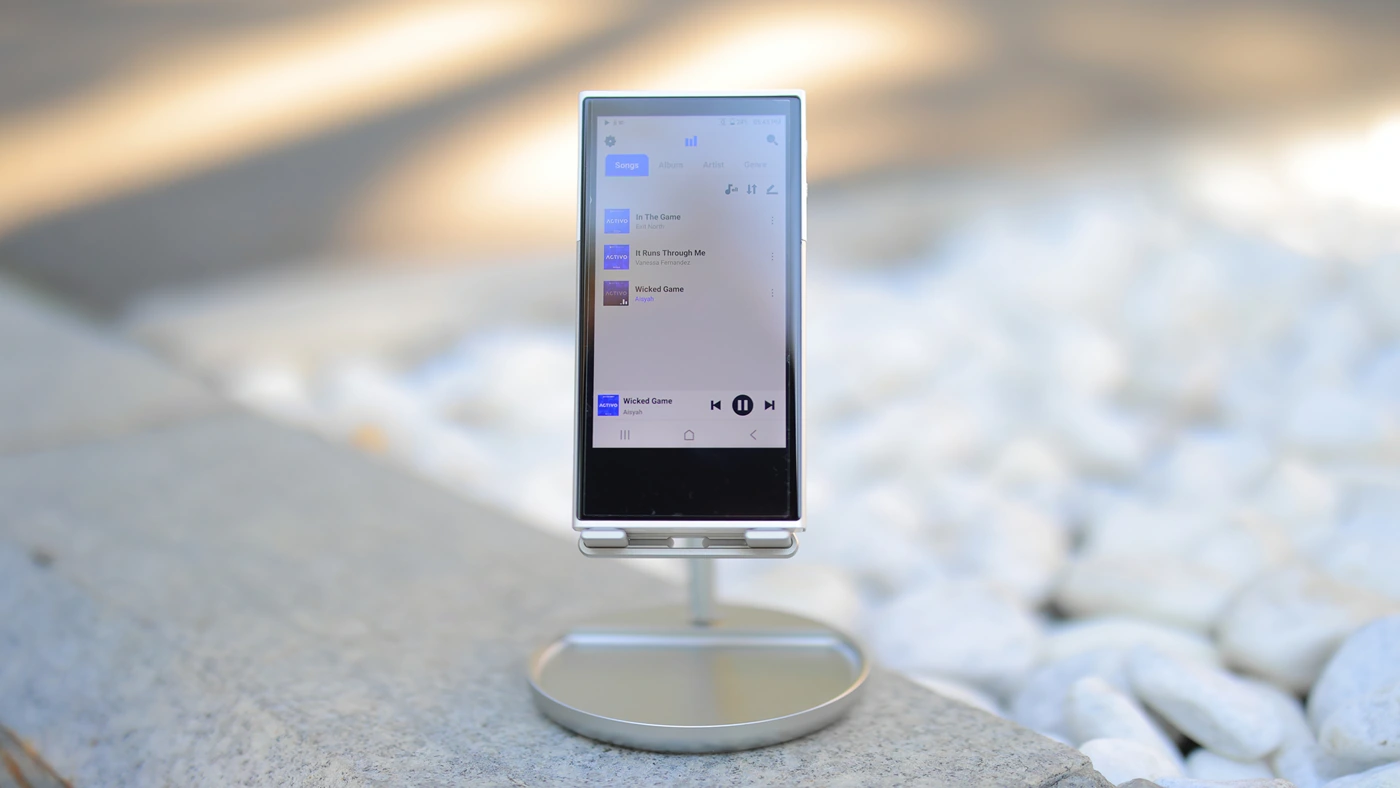
Bass – We start with a punchy, but fast and peppy bass that focuses speed and resolution, snapiness over quantity. This works really well for rock, metal and pop music, giving those styles a really strong rhythm. For Rock music you will hear every beat of a drum, the definition of the bass is excellent, although we’re seeing a strong contrast compared to the traditional Astell Kern House Sound, which is typically slower and blooming in the bass. Bass is not anemic, and although it is similar in approach to Acro CA1000T, which is also fairly neutral, you can really kick in and enjoy some colorful pop.
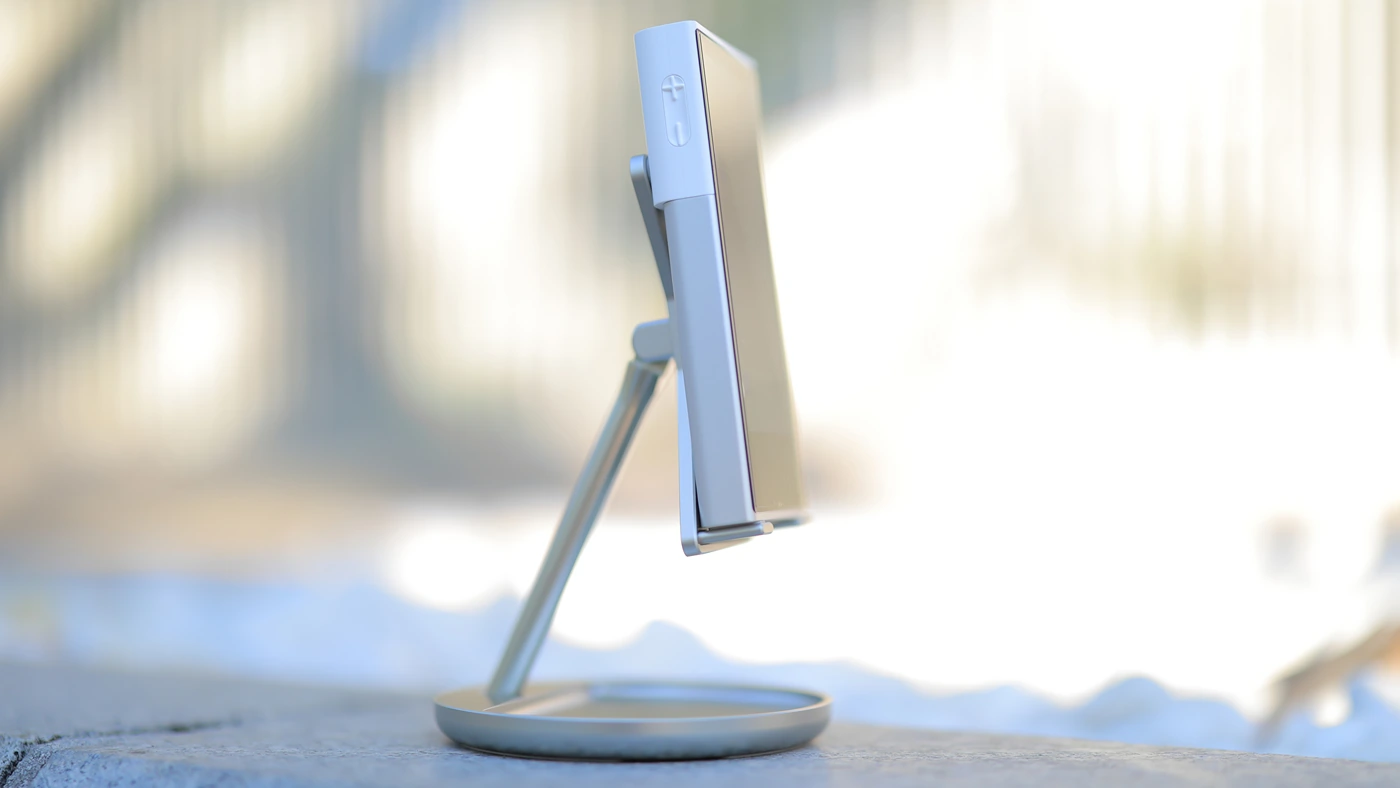
Midrange – P1 has a stronger focus on the midrange than on the lows, but it presents a beautiful voicing, with excellent texture, and a natural tonality for both male and female voices, a lush and natural texture, and excellent resolution. Overall, the more music relies on the voices, the better it will sound rendered by P1. This includes all rock, pop and music with a vocalist, or with strong instrumentals, the only style that really isn’t its strength being EDM, where electronic instruments just don’t have a high amount of harmonic information to be rendered.
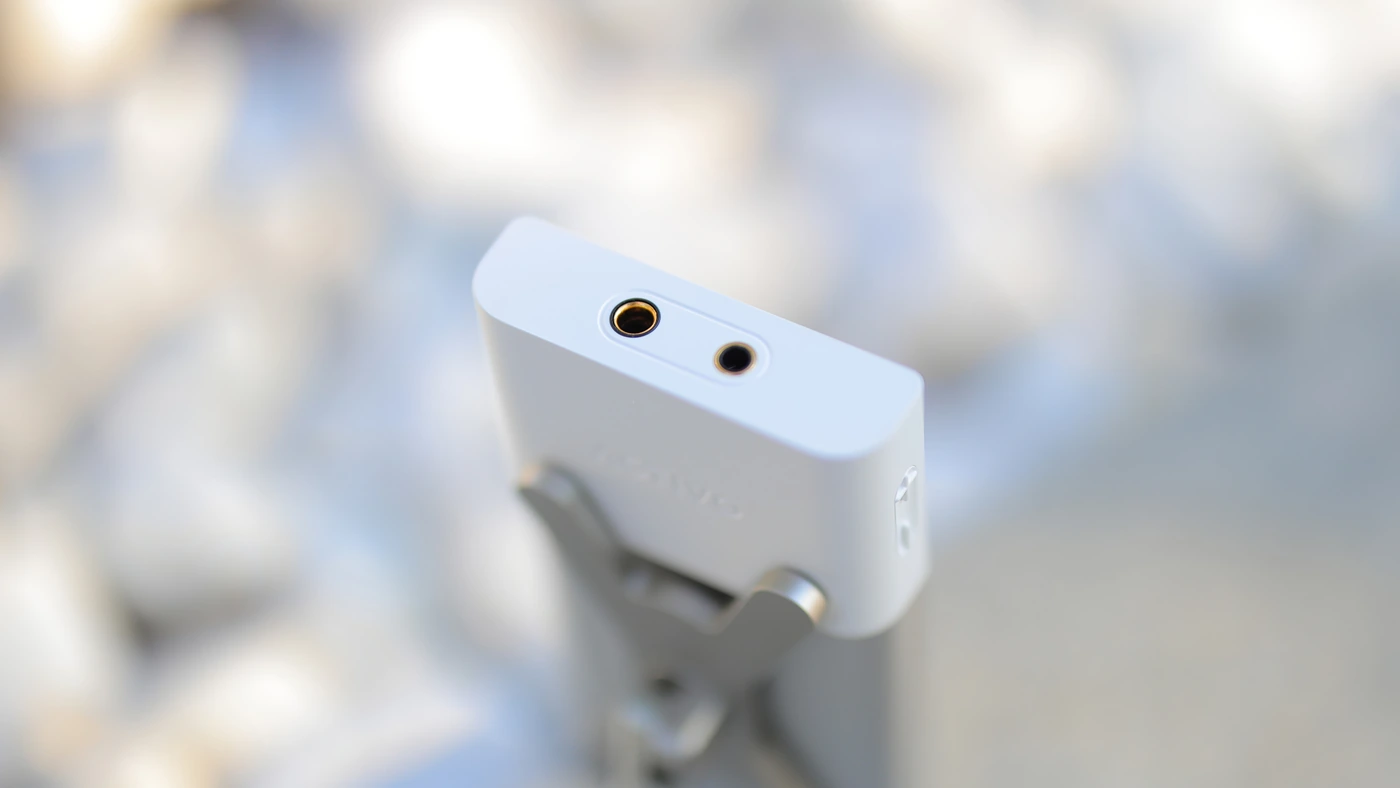
Treble – To complement the colorful midrange, P1 has a sharp and bright, airy treble with a strong extension up to 20 kHz, and a strong presence up to the highest octaves. There’s an evident reveal of each sharp effect and sparkle, bit of air and effect, with all the extensions presented unscathed. Even with IEMs that are not necessarily ultra bright, you will hear a sharp and clean treble.
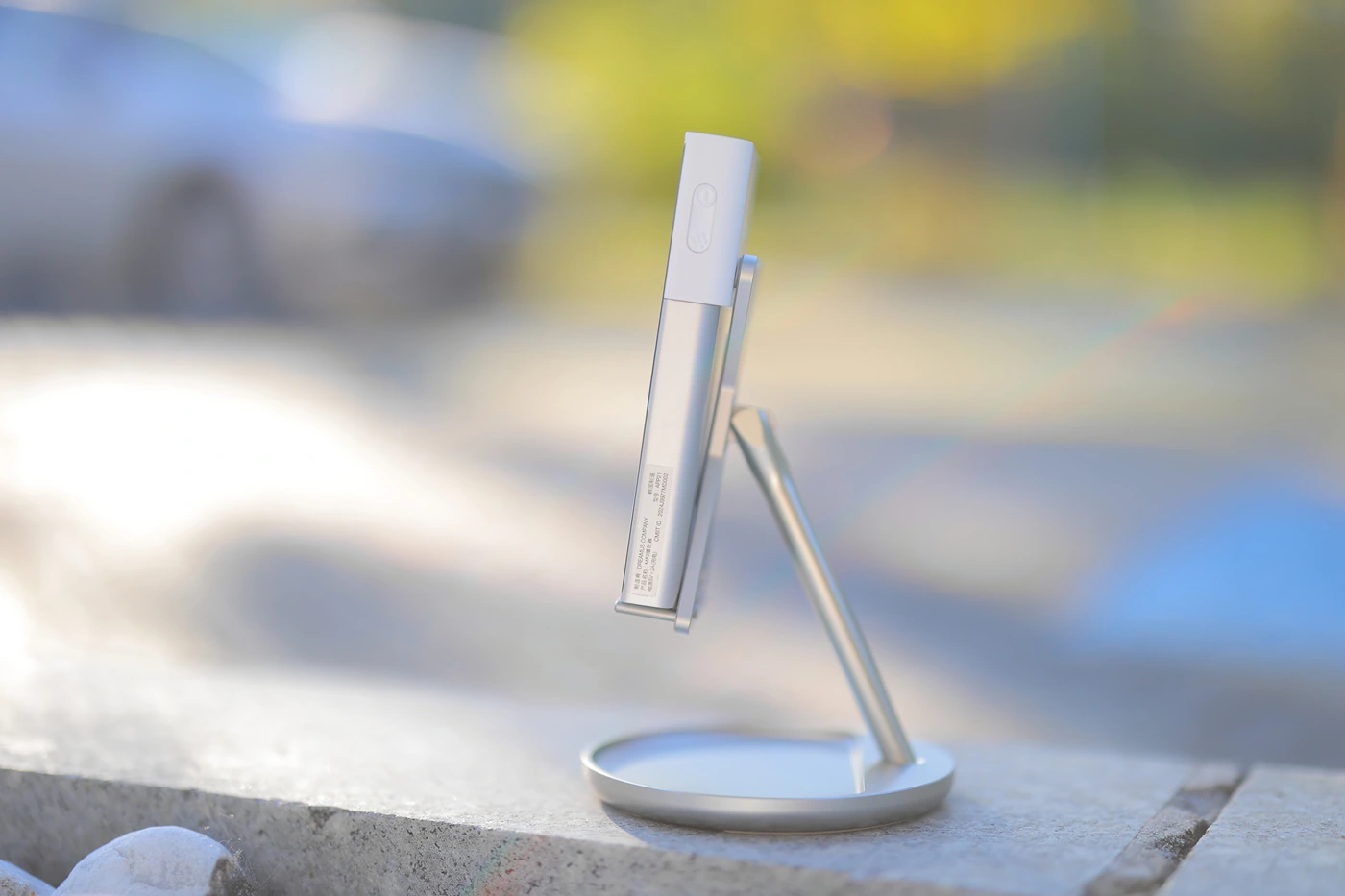
Dynamics – P1 has a colorful and punchy sound, dynamics are strong and the sound is vivid, with a strong contrast between instruments. This signature changes if you’re using Bluetooth, where the signal is cut from the source, by the Bluetooth compression algorithm, and as P1 is very revealing, you will notice the difference. There is no evident difference between using the USB DAC mode and playing files locally, or using a streaming service, all have a similar degree of dynamics and resolution.
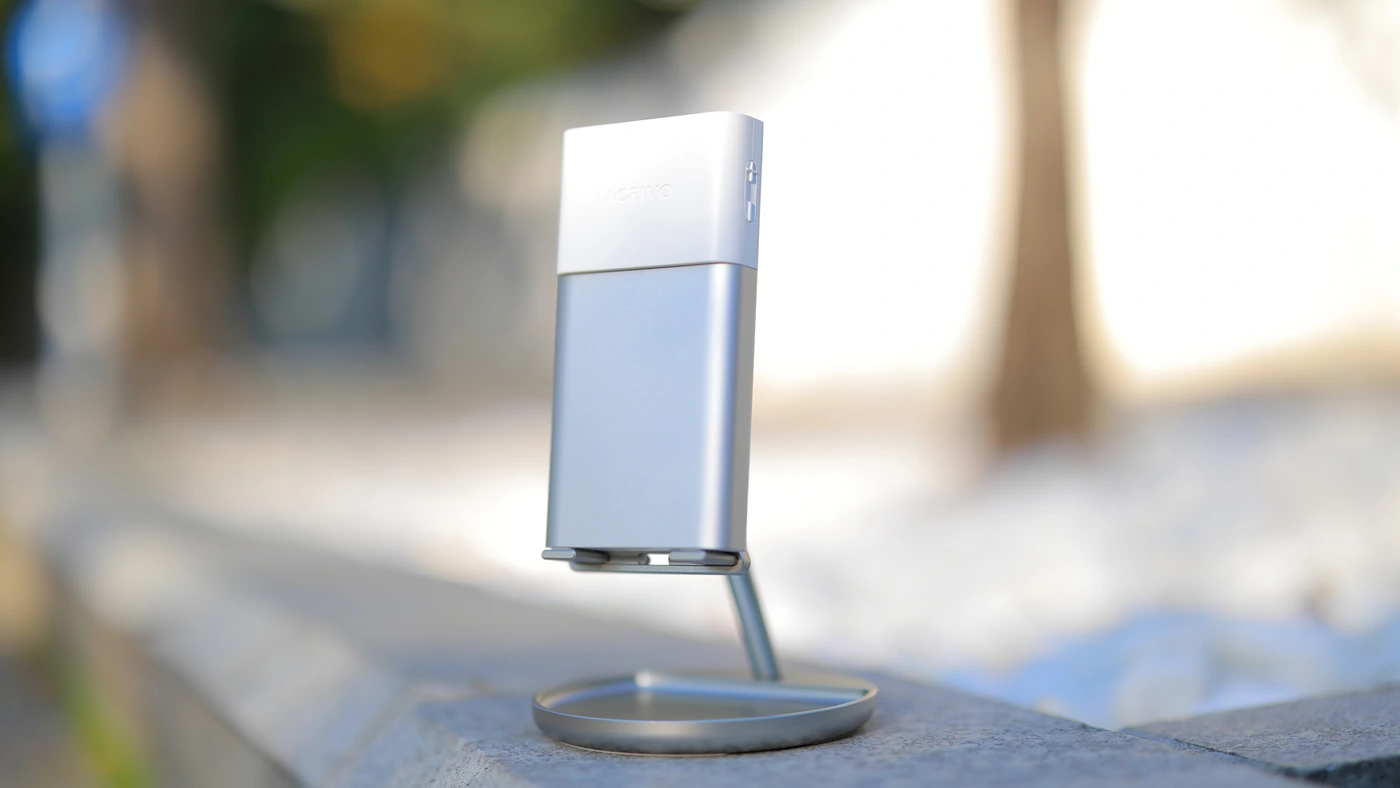
PRaT / Textures – P1 has a strong resolution, it reveals textures nicely, the texture rendering style is not harsh, but it doesn’t hide or mask artifacts, showing the song exactly as it is, so you can expect a really sharp and strong sound, with good revealing of micro details and micro textures. There’s more focus on the
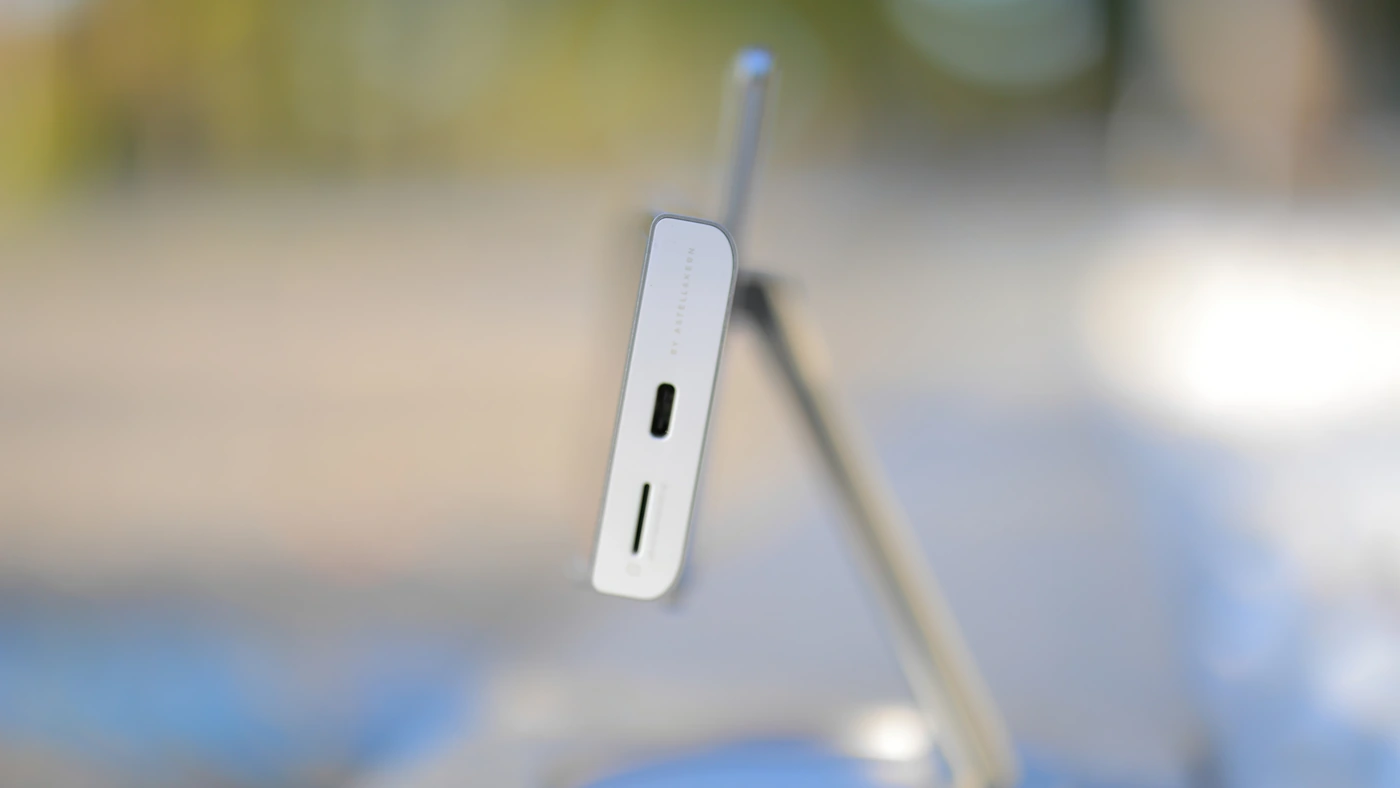
Loudness Saturation Gradient – P1 has a good loudness saturation gradient, you have granulat control of the sound, and it can climb quite high, although the THD grows at extremely high volumes. There’s a good sense of loudness in the P1, with the sound being brighter and more airy, but also more aggressive, louder, and smoother, warmer, more relaxed at lower volumes. I mostly tested P1 at louder volumes, someone listening to it at medium or low volumes will find the sound more balanced and thicker, warmer, but the resolution is more limited if you go quieter.
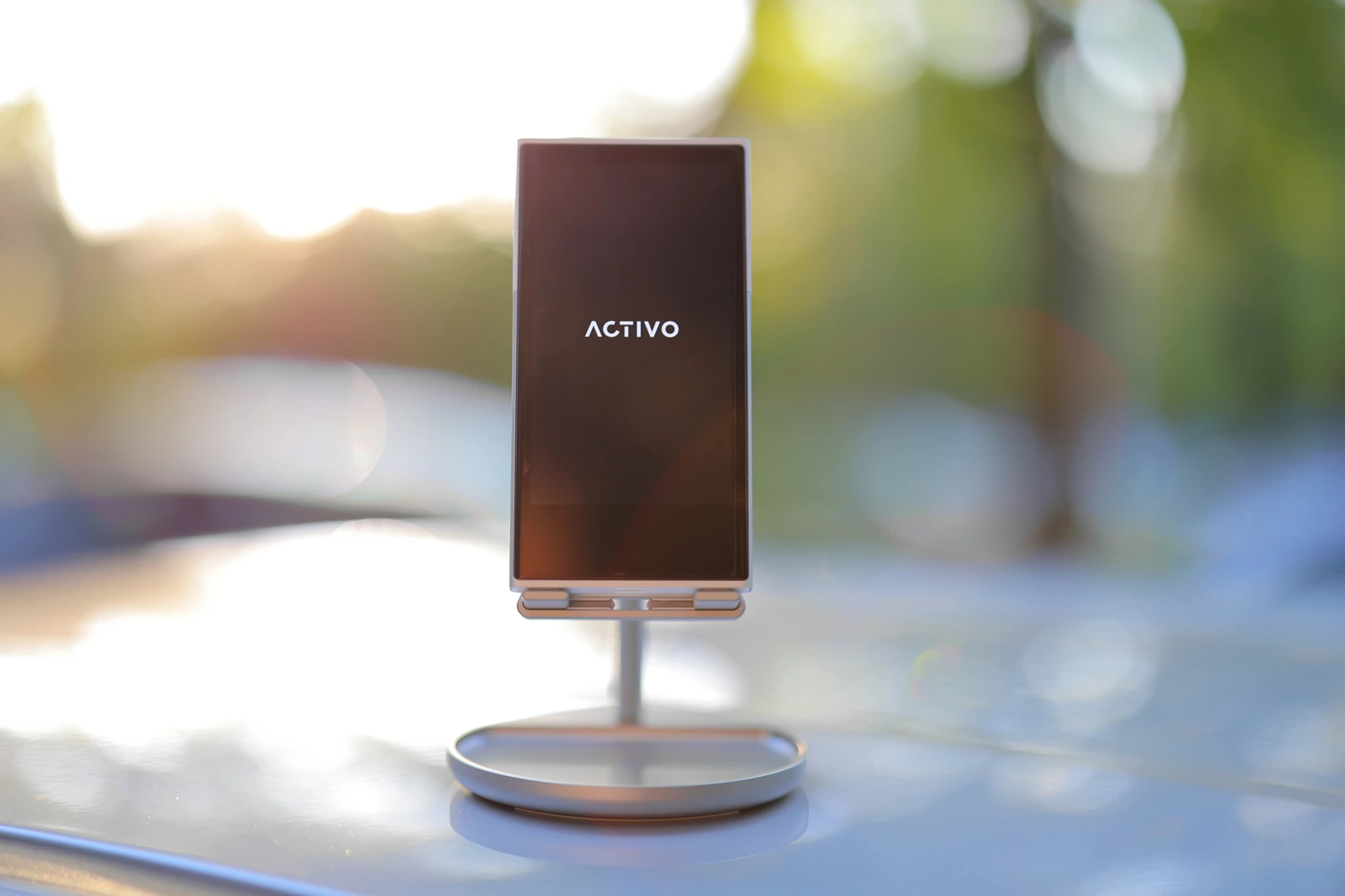
Soundstage – P1 has a slightly intimate soundstage, it presents three distinct layers, a foreground / forward layer with a strong detail and presence, and good punch, a medium layer that’s the richest, and a far and distant layer that paints all the background instruments, special effects and air / cymbal crashes resonance / reflections. Overall, most of the sound happens around your head even with wider sounding IEMS, P1 is a focused DAP and it offers an intimate experience with every song, rendering clear bounds for each instrument and defining them nicely, with a strong instrument separation and definition.
Comparisons
Astell&Kern Activo P1 vs Shanling M3 Ultra (429 USD vs 469 USD) – M3 ultra sports basically the same list of features and abilities as P1, but the battery life is longer with 1-2 hours on the P1, while M3 Ultra has a slightly higher driving power. Both work fast, both have a flawless firmware, but P1 has a more stylish design, and operating GUI. Sonically, M3 Ultra has much more bass, a smoother treble, and a wider, deeper soundstage. Sonically, P1 focuses more on the midrange, presents more vocal acuity, more resolution and reveals information more in the mids, where most of the instruments reside. Speed of sound is accelerated on P1 which is quicker, and snappier, and M3 Ultra sounds slower and fuller, with more reverberation to sound. Between the two, you should pick the one that sounds like it would be more fun for you, they have a very different sound and tuning, and will satisfy different users best. M3 Ultra is a nice basshead DAP that doesn’t have a strong USB DAC integration, while P1 has flawless USB DAC and sounds more neutral / balanced.

Astell&Kern Activo P1 vs ibasso DX180 (429 USD vs 529 USD) – The body of DX180 is larger, and it has a similar battery life, although P1 generally has an extended life of 2-3 hours with most IEMs and Headphones. It is also true that you can drive much harder with DX180, and it has a higher headroom, and a more colorful sound too, with a higher dynamic range and a wider, more extensive soundstage. In contrast, P1 has a similar level of firmware support, although with a more stylish, colorful GUI, a smaller and easier to transport body, but also a more neutral sound that is faster, snappier but also more dry and precise. DX180 is romantic and colorful, dynamic and vivid, while P1 is precise and fast, intimate and lean. If you have a more varied collection that includes headphones, DX180 has a higher driving power, but for IEMS alone, P1 is a more neutral DAP, perfect for transparency, while DX180 has a bloomier bass with more weight.
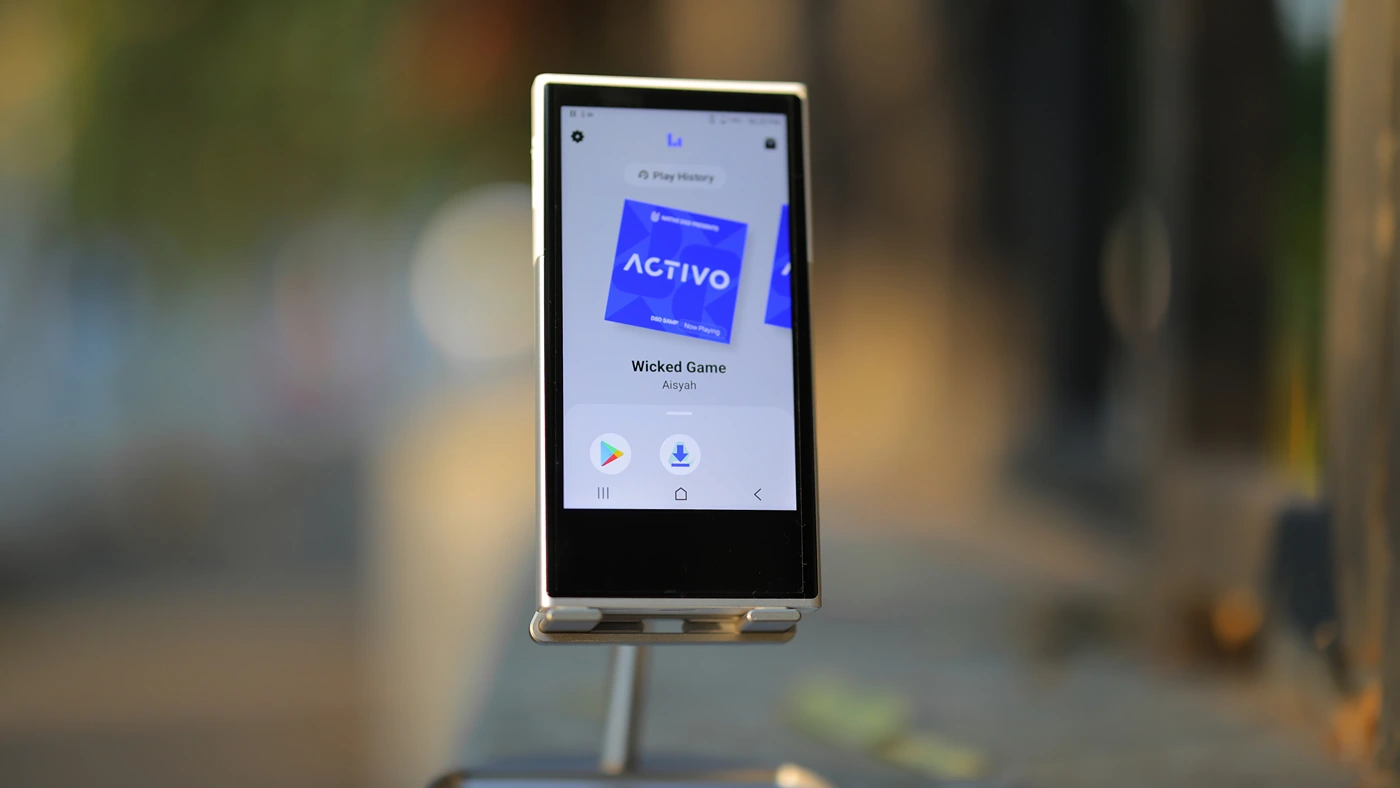
Astell&Kern Activo P1 vs Hiby R6 III (429 USD vs 499 USD) – R6 III is a more general DAP, with a higher driving power, and a larger size, but a shorter battery life as P1 bests it by 1-2 hours in a real-life usage scenario. R6 III has a much higher driving power, with more headroom, but P1 has a smoother operating system, better GUI and OS integration. The overall sound is more forward, more aggressive as presented by R6 III, it has a much harder edge, while P1 is a more balanced, more neutral sounding DAP. R6 III is both warmer, but also has a lower THD at very low volumes, having more drive factor too. If you’re looking for a more neutral sound that is more balanced and transparent, P1 can offer it better, while R6 III sounds much more colored, but also has a unique coloration that users found to complement smoother and leaner sounding IEMs and headphones, while P1 is already neutral and transparent, so it will present the character of the IEMs / Headphones as it is.
Value and Conclusion
Just like I felt when reviewing the Hiby R6 PRO II, another specialist DAP mainly made for IEMS and easy to drive headphones, Activo P1 offers a really good performance for a portable DAP, but it is an especially complete package, with good USB DAC integration, long battery life, reliable build quality, the only downside / missing aspect from the package being a transport / protection case of any kind, but I am hopeful that an aftermarket creator will make one.
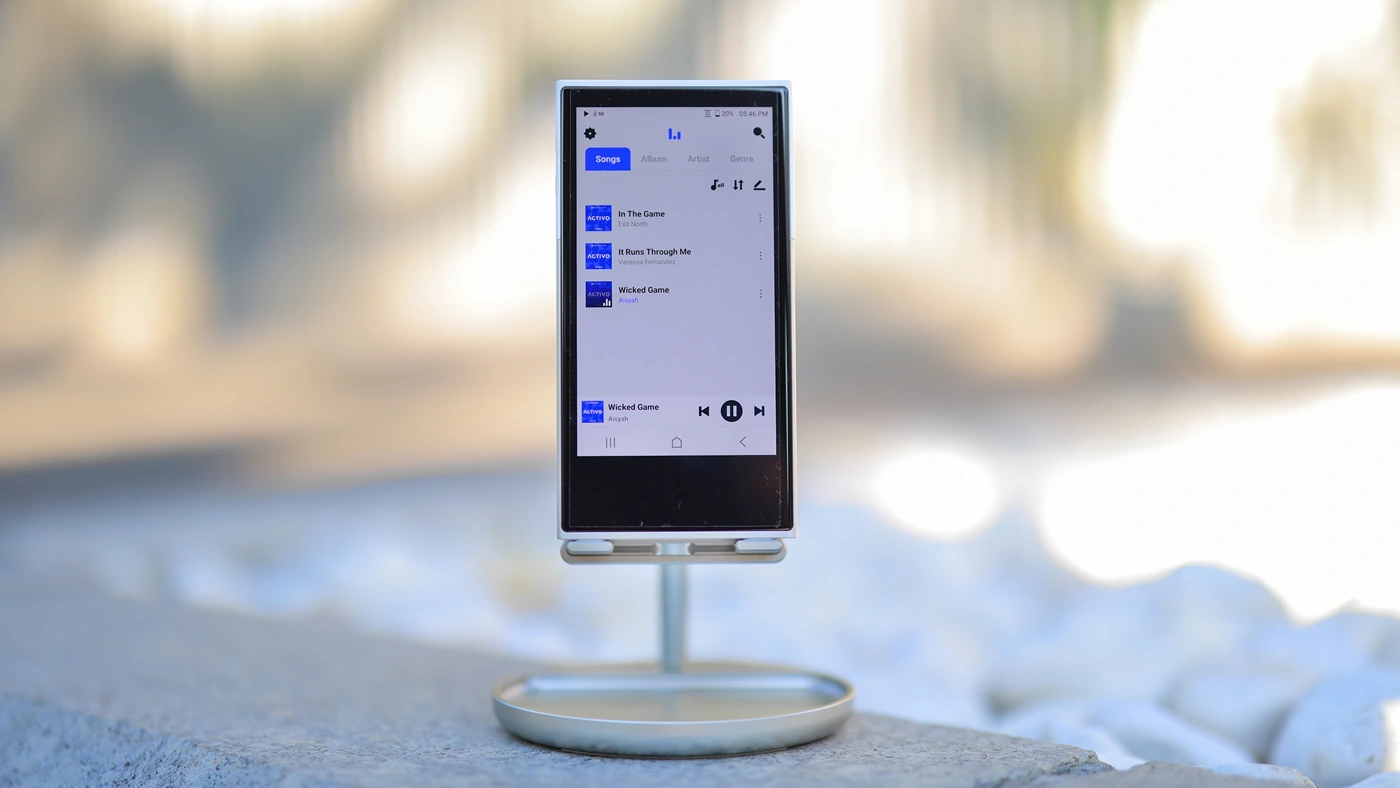
At the end of the day, if you’re looking for a high-performance DAP with excellent sonics but a low power consumption, long battery life, and convenient, easy to use software, Astell&Kern Activo P1 offers the best mix of resolution, control and balance, being a favorite smaller-form DAP, and a much more practical solution for my big hands than ultra-small ultra-portable DAPs, and the best cross of all worlds.
Product Link
Amazon – https://amzn.to/4fWe3ky
Aliexpress – https://s.click.aliexpress.com/e/_DmPoitB
--- Please remember to stay safe, and always have fun while listening to music!---
- If you have a dime to spare, please donate, and help us! It would make the day brighter for me and my wife-
Full Playlist used for this review
We listened to more songs than those named in this playlist, but those are excellent for identifying a sonic signature. I recommend trying most of the songs from this playlist, especially if you’re searching for new music! The playlists are different for Spotify, Tidal and Youtube, and based on the songs I enjoy and are available on each!
https://www.youtube.com/playlist?list=PL_cjBXGmwSHSdGcwuc_bKbBDGHL4QvYBu
https://open.spotify.com/playlist/5J3oloz8Riy9LxEGenOjQ0?si=979ba4f082414be7
https://tidal.com/browse/playlist/330fd544-8e5b-4839-bd35-676b2edbb3d5
--- Contact Us ---





